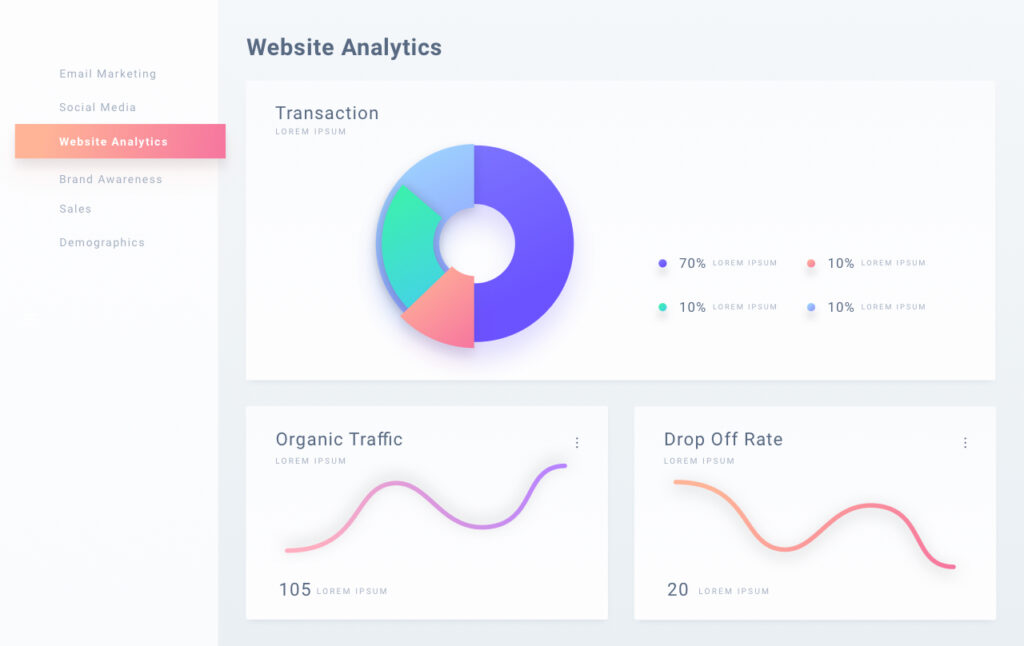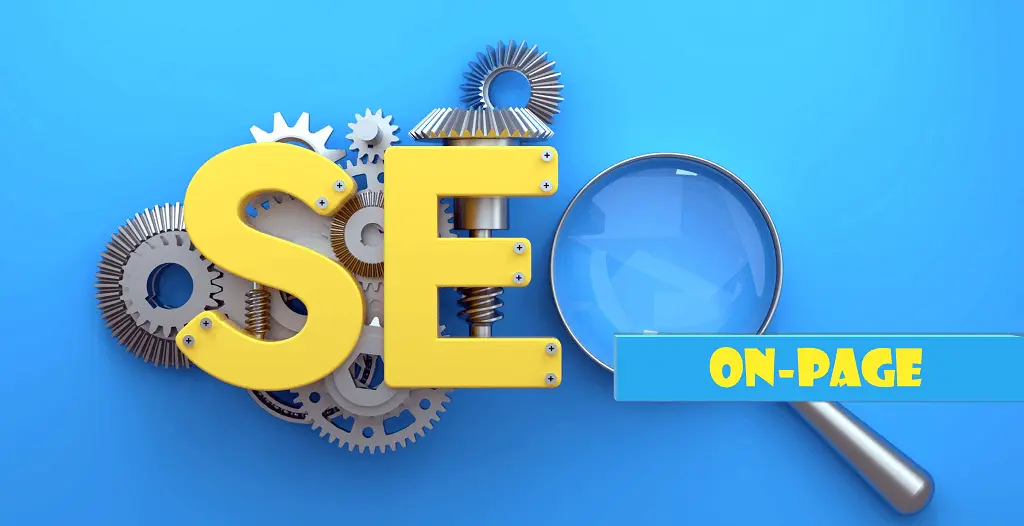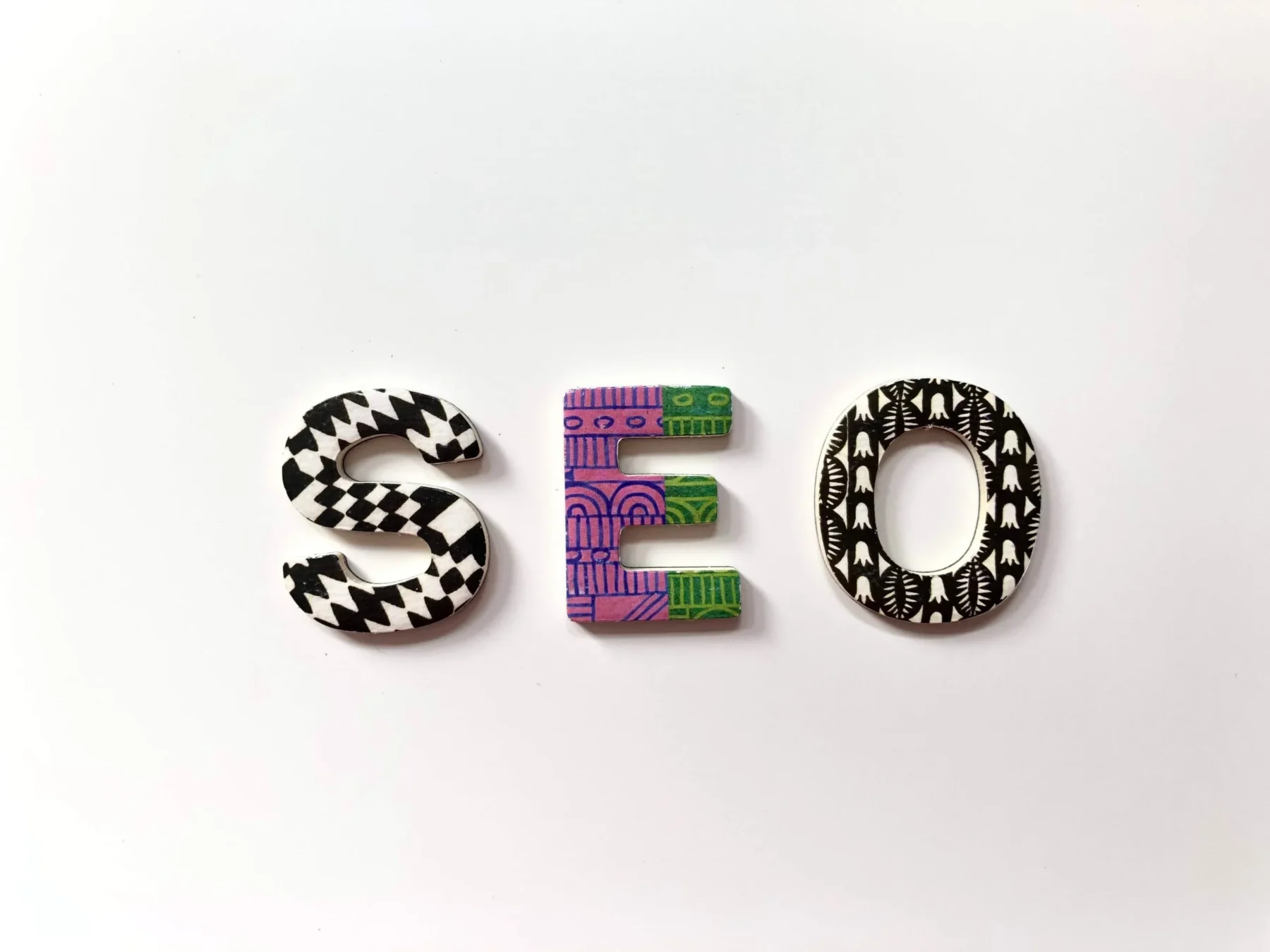Web3 technology, also known as the decentralized web, is poised to revolutionize the way we interact with the internet. Unlike its predecessor, Web2, which is controlled by centralized entities, Web3 is built on blockchain technology, enabling a truly decentralized and trustless environment.
One of the key features of Web3 is the use of smart contracts, which are self-executing contracts with the terms of the agreement directly written into code. These smart contracts enable secure and transparent transactions without the need for intermediaries, such as banks or legal systems. This opens up a world of possibilities, from decentralized finance (DeFi) to decentralized applications (dApps).
With Web3, users have greater control over their data and digital identities. Instead of relying on centralized platforms, individuals can store their data on decentralized networks, ensuring privacy and security. Moreover, users have the option to monetize their data by granting access to specific parties, thanks to the granular permission controls enabled by Web3.
Web3 also empowers users to take back control of their digital identities. With the current internet infrastructure, individuals often have to create multiple accounts on various platforms, leading to fragmented identities. Web3 solves this problem by allowing users to have a single digital identity that can be used across different applications and platforms.
Another exciting aspect of Web3 is the concept of decentralized autonomous organizations (DAOs). DAOs are organizations that are governed by smart contracts and operate without hierarchical management structures. This means that decisions are made collectively by the community, rather than a centralized authority. DAOs have the potential to disrupt traditional organizational structures and enable more democratic and transparent decision-making processes.
As Web3 continues to evolve, there are still challenges to overcome. Scalability and usability are two key areas that need improvement. Currently, blockchain networks struggle with scalability, as they are limited in terms of transaction throughput. Additionally, the user experience of interacting with Web3 applications can be complex and confusing for non-technical users.
Despite these challenges, the potential of Web3 is immense. It has the power to democratize the internet, giving individuals more control over their digital lives. Web3 technology is not just a buzzword; it is a paradigm shift that will shape the future of the internet.



